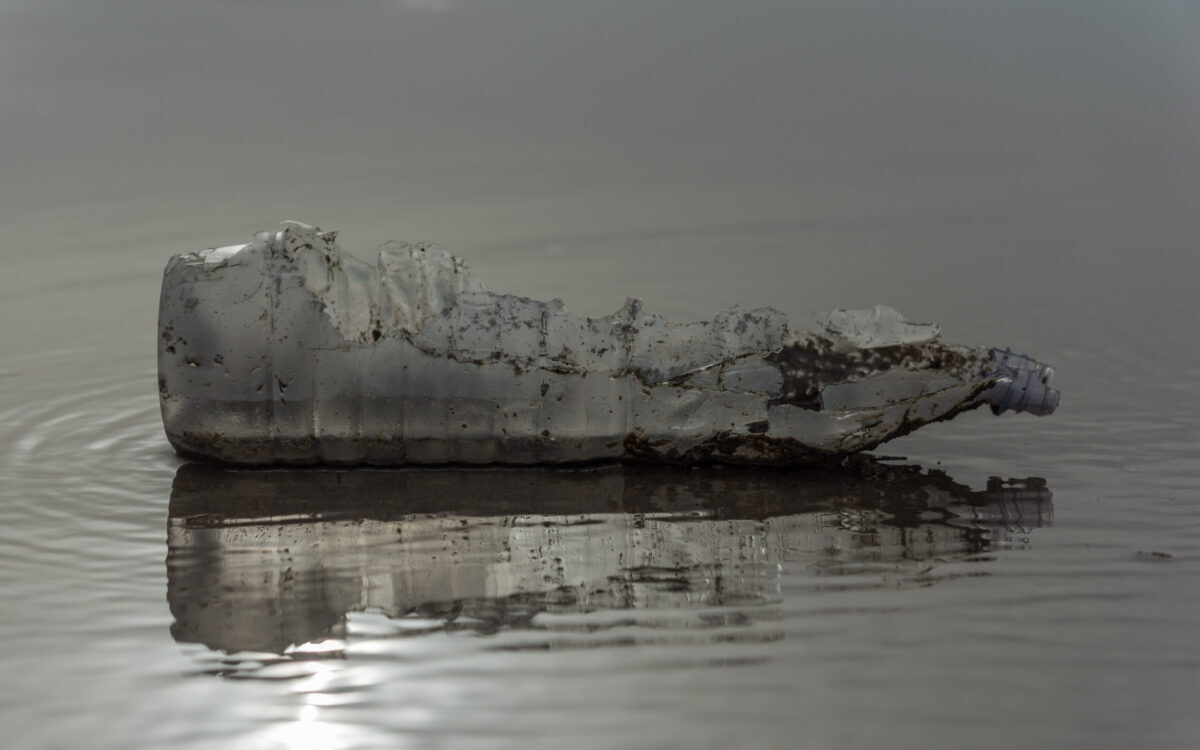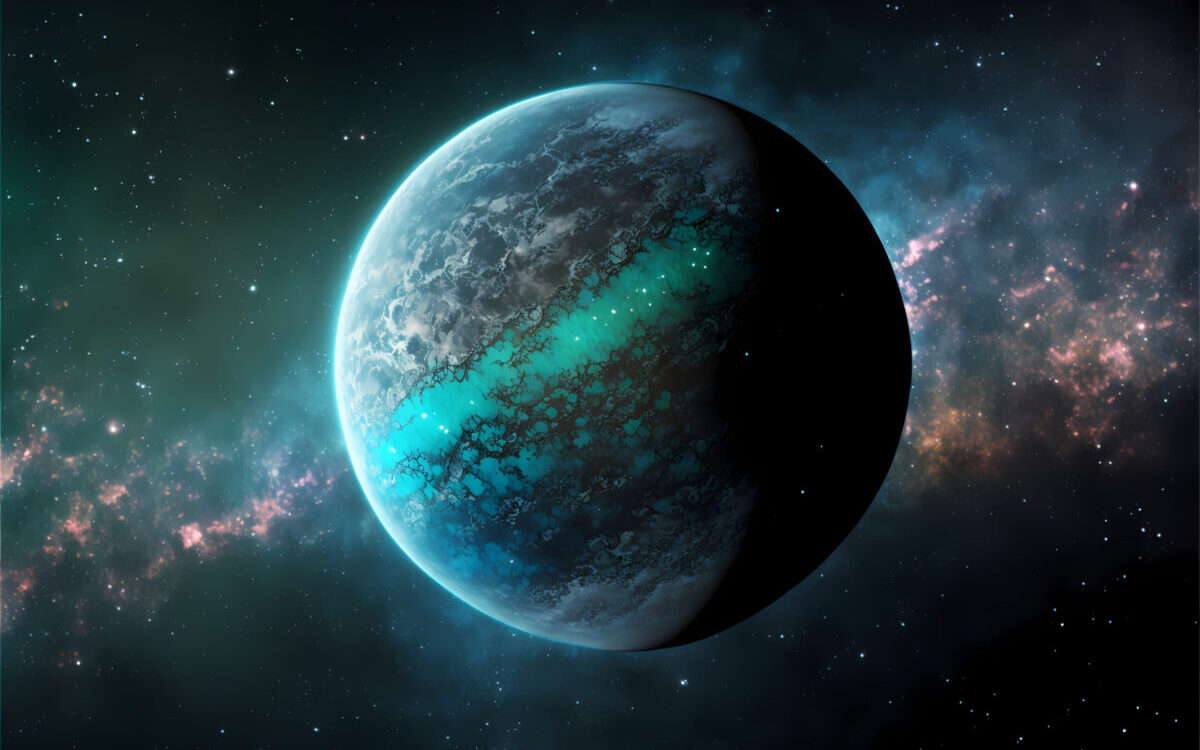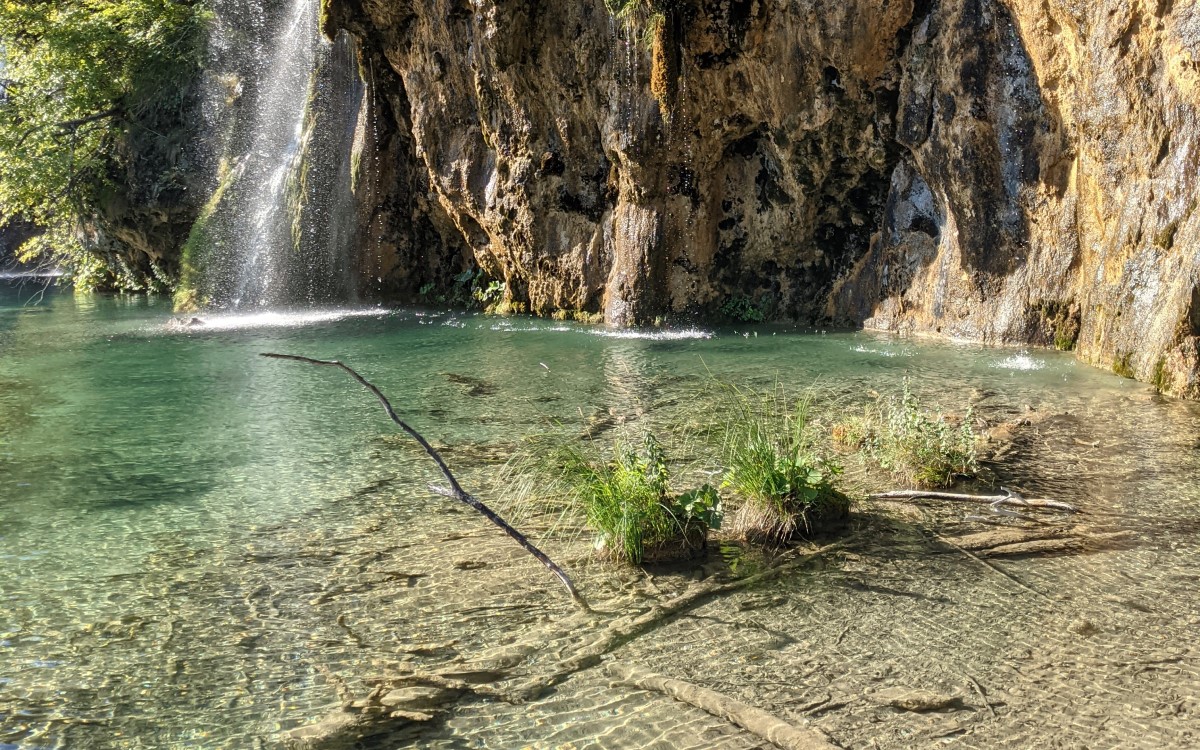June 13, 2023 Ι Plastic particles less than five millimetres in size, also known as microplastics, often settle far away from their original place of origin. Empa – Swiss Federal Laboratories for Materials Testing and Research – researchers have now developed a model that can be used to calculate the concentration of microplastics in Swiss waters.
15,000 tonnes of microplastics enter Swiss waters every year
Every year, 14,000 tonnes of plastic end up in Swiss soils and waters. Some of this is in the form of microplastics: Particles in the micro to millimetre range. Microplastics have many sources, such as cosmetics or synthetic fibre clothing. Microplastic particles are also produced by the abrasion and decomposition of larger pieces of plastic, so-called macroplastics.
Due to its small size, microplastics enter waterways particularly easily. Around 15 tonnes of the small particles end up in Swiss rivers and lakes every year. Measuring the concentration of microplastics in water is not an easy task, because the tiny pieces of plastic are often difficult to distinguish from particles of natural origin, and their quantity varies greatly with the time and place of measurement and with the measurement method used.
A model aims to predict the concentration of microplastic in waters nationwide
If you want to get an overall picture of microplastic pollution in the rivers and lakes of a larger region, such as the whole of Switzerland, measurements alone are not enough. That is why Empa researchers David Mennekes and Bernd Nowack, on behalf of the Federal Office for the Environment (FOEN), have now developed a model that can predict the concentration of microplastics in water bodies nationwide.
The researchers used a model developed in 2020 as a basis, which shows where and in what quantities the seven most common plastics are released into the environment as macro- and microplastics: Polyethylene (LD-PE and HD-PE), polypropylene, polystyrene and expanded polystyrene, PVC and PET, as used in packaging, textiles, insulation material and agricultural films. “After we were able to show where and how much plastic enters the environment, the logical next step was to show their concentration,” Nowack explains.
Big cities pollute waters
According to the new model, about half of the microplastic that enters Swiss waters remains in the country. About a third of the total amount settles in the lakes, the rest in the rivers. However, the exact distribution of microplastics is sometimes complex: a longer river does not automatically retain more particles than a shorter one. Rather, the catchment area, the barrages and the lakes determine how much microplastic remains in the river and how much is transported further.
Not surprisingly, there are particularly high levels of pollution downstream from large cities. The Rhine near Basel contains the most microplastics: the river transports around four and a half tonnes of them towards Germany every year. This is also due to the Aare, which, together with its tributaries Reuss and Limmat, drains three of Switzerland’s largest cities before flowing into the Rhine: Bern, Zurich and Lucerne.
“Measurements are only possible selectively. With our model, on the other hand, we can calculate the microplastic pollution in the whole country,” Nowack sums up. “It also allows us to estimate what effect changes in behaviour or government measures would have on microplastic concentrations.” The scientists published their results last week in the journal Nature Water.
The model can also be applied to other countries and areas. Nowack and Mennekes, meanwhile, are focusing on Switzerland. They are already working on a comparable model to predict the amount of macroplastics – such as PET bottles and plastic bags – in water bodies. In a next step, the modelled plastic concentrations could also be used to estimate the risk for the environment in the respective regions.
Original publication:
D Mennekes, B Nowack; Predicting microplastic masses in river networks with high spatial resolution at country level; Nature Water (2023); doi: 10.1038/s44221-023-00090-9







